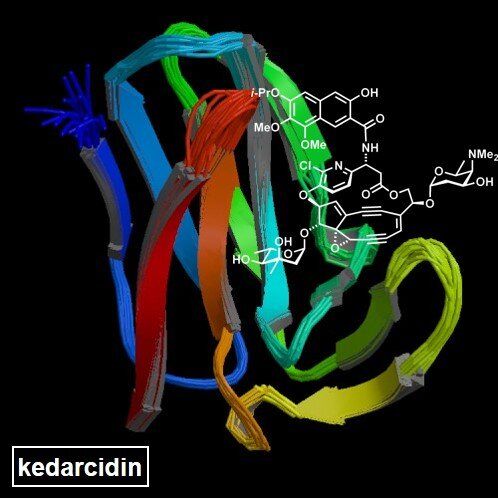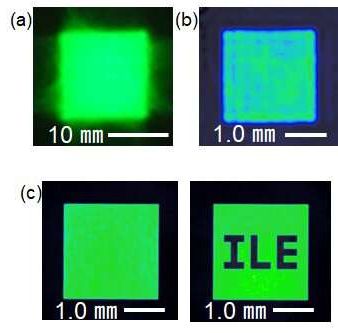Bioengineers at Boston Children’s Hospital report the first demonstration of a robot able to navigate autonomously inside the body. In an animal model of cardiac valve repair, the team programmed a robotic catheter to find its way along the walls of a beating, blood-filled heart to a leaky valve—without a surgeon’s guidance. They report their work today in Science Robotics.
Surgeons have used robots operated by joysticks for more than a decade, and teams have shown that tiny robots can be steered through the body by external forces such as magnetism. However, senior investigator Pierre Dupont, Ph.D., chief of Pediatric Cardiac Bioengineering at Boston Children’s, says that to his knowledge, this is the first report of the equivalent of a self-driving car navigating to a desired destination inside the body.
Dupont envisions autonomous robots assisting surgeons in complex operations, reducing fatigue and freeing surgeons to focus on the most difficult maneuvers, improving outcomes.









